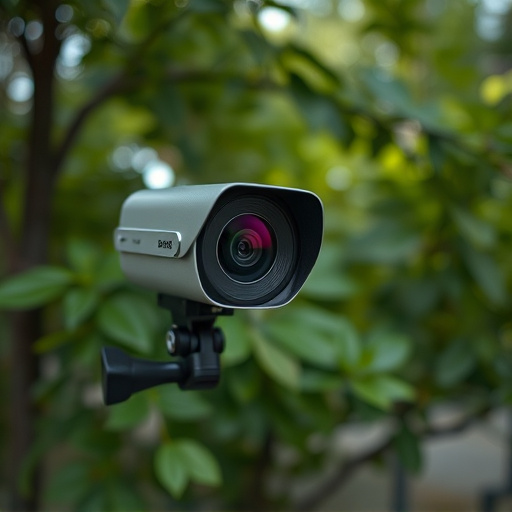Electromagnetic signal scanning aids in strategically placing nanny cams and surveillance devices for maximum effectiveness with minimal interference, ideal for bustling modern environments. Cameras should be hidden behind furniture or within everyday objects, mounted on ceilings and walls near windows or doors, focusing on high-traffic areas while avoiding bedrooms and bathrooms. Balancing technology with legal and ethical considerations, including local privacy regulations and consent, is paramount when deploying these devices to ensure transparency and legitimate purposes such as safety or evidence gathering.
Uncover the secrets behind discrete surveillance with our comprehensive guide on hidden lens electromagnetic signal scanning. We demystify the world of electromagnetic signals, teaching you how to navigate and scan for them effectively. Discover optimal locations to hide nanny cams, ensuring covert observation while adhering to legal boundaries. This step-by-step manual explores ethical considerations, empowering users to make informed decisions about where to hide cameras, such as in common areas or hidden corners, maintaining a balance between privacy and security.
- Understanding Electromagnetic Signals and Their Scanning
- Identifying Optimal Hide Spots for Nanny Cams
- Legal Considerations and Ethical Use of Hidden Cameras
Understanding Electromagnetic Signals and Their Scanning
Electromagnetic signals are an integral part of our modern world, encompassing a wide range of frequencies from radio waves to microwaves and beyond. Understanding these signals is crucial when it comes to their scanning and detection, especially in scenarios where covert surveillance is necessary. The process involves identifying specific frequencies and wavelengths that can be used to transmit data or monitor activities without detection.
When considering where to hide nanny cams or other surveillance devices, electromagnetic signal scanning can offer valuable insights. By analyzing the types of signals present in a given area, one can identify gaps or less congested bands that are ideal for placing hidden cameras. This strategic approach ensures minimal interference and maximum effectiveness, making it an essential tool for professionals requiring discreet observation capabilities.
Identifying Optimal Hide Spots for Nanny Cams
When considering where to hide nanny cams, it’s essential to think like a stealthy strategist. Opt for locations that are out of plain sight yet still capture key areas. For example, mounting cameras behind furniture or within everyday objects like books or potted plants can provide discreet coverage. Ceilings and walls near windows or doors are also clever spots as they can monitor entry and exit points without raising suspicion.
The goal is to identify hidden corners that offer clear views while remaining undiscovered. Avoid placing them in obvious places like bedrooms or bathrooms, where a curious eye might stumble upon them. Instead, focus on high-traffic areas, hallways, and even outdoor spaces accessible from the property for comprehensive monitoring without compromising privacy.
Legal Considerations and Ethical Use of Hidden Cameras
When considering where to hide nanny cams or any form of hidden cameras, it’s crucial to balance technological advancements with legal and ethical boundaries. The use of such devices raises important privacy concerns, especially when installed surreptitiously. Many countries have strict regulations regarding surveillance and hidden camera usage, often focused on protecting individuals’ right to privacy. These laws vary widely, so understanding local legislation is essential before deploying any hidden lens technology. For instance, some areas require explicit consent from all parties involved for recording, while others have restrictions on where cameras can be placed in homes or offices.
Ethical considerations also play a significant role in the debate. While hidden cameras may offer added security and peace of mind, they can infringe on personal privacy without individuals’ knowledge. It’s essential to respect people’s right to privacy and only use these devices for legitimate purposes, such as safety or evidence gathering, with proper authorization. Transparency and consent are key to ensuring the ethical deployment of hidden cameras, especially in sensitive areas like homes, workplaces, or public spaces.
Hidden electromagnetic signal scanning guides, particularly useful in understanding where to hide nanny cams, offer a blend of technical insight and legal awareness. By comprehending electromagnetic signals and their behavior, users can strategically place cameras for optimal surveillance while adhering to ethical and legal boundaries. When implemented responsibly, these practices ensure the safety and security of both children and adults, making them indispensable tools for peace of mind in today’s digital age.
